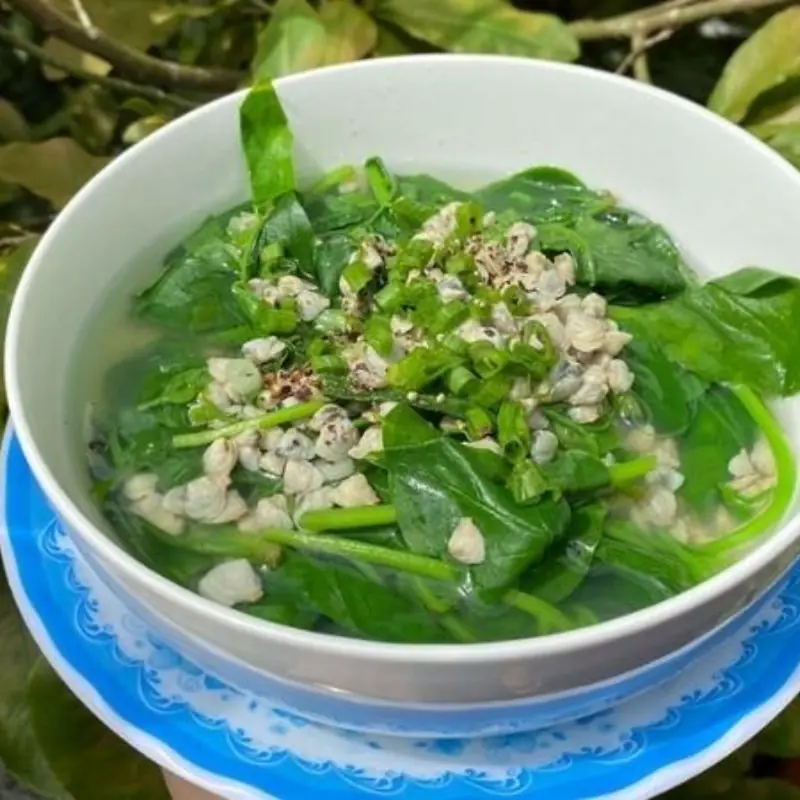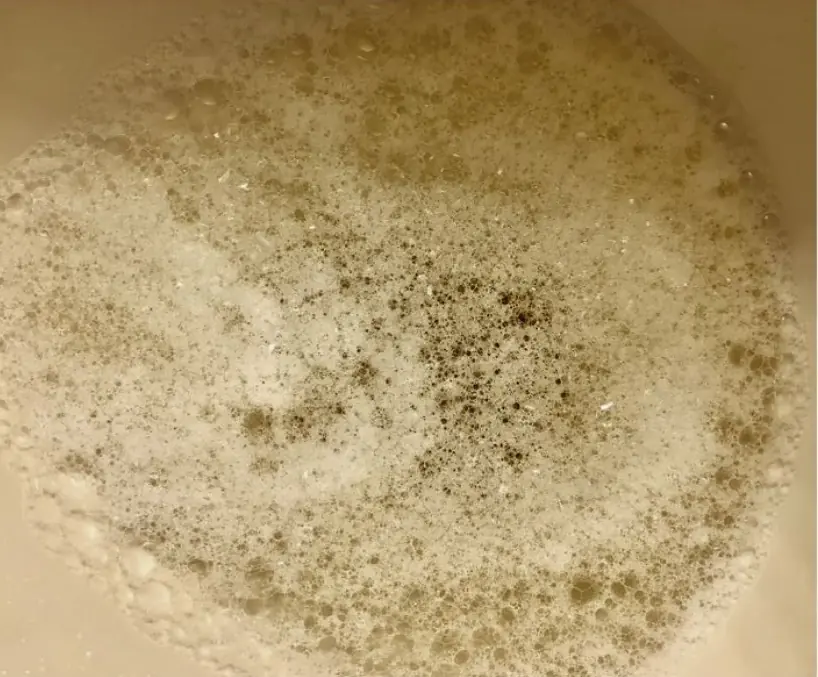
3 Types of Fruit Can.cer Cells “Love”
3 Types of Fruit Can.cer Cells “Love” — Don’t Touch Them Even If They’re Dirt Cheap!
Whether you're at the market or in the supermarket, if you see these three types of fruit, don’t buy them — no matter how cheap or visually appealing they are. Otherwise, you might be putting yourself and your family at risk of cancer without even knowing it.![]()
Fruit is healthy — but not all fruit is created equal. Some look fresh, big, and beautiful on the outside, but they carry hidden dangers inside. Others may be slightly bruised or moldy and sold at a bargain price, yet could cost you your health. To avoid unknowingly consuming “cancer seeds,” stay away from these three types of fruit:
1. Fruit with Strange Shapes or Abnormally Large Sizes
Fruits that are unusually large, oddly shaped, or have strange coloring should raise red flags. While these could be natural abnormalities, if an entire batch looks this way, it could indicate the use of chemical growth stimulants or pesticides during cultivation.
These chemicals not only disrupt the fruit’s natural nutrient balance but can also leave behind toxic residues that gradually build up in your body. Some food safety tests have found deformed fruit containing heavy metals like lead, cadmium, or mercury — substances known to damage the liver and kidneys, and especially to harm DNA, increasing the risk of cancer with long-term consumption.
Don’t sacrifice your health to save a few pennies. Fruit with unusual appearances may not be “gifts from nature” — they might be the result of harmful interventions invisible to the naked eye.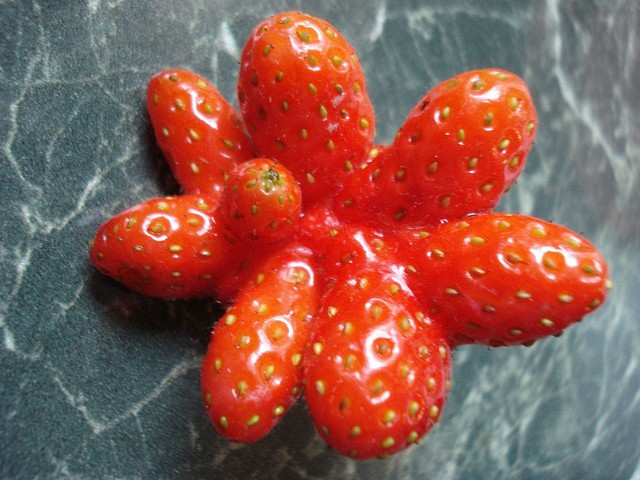
2. Fruit with Signs of Rot, Bruising, or Even Slight Mold
Many people try to salvage spoiled fruit by cutting away the bad parts and eating the rest. This habit is extremely risky.
Once a fruit begins to spoil, its protective structure breaks down, creating a perfect environment for bacteria and mold. The most dangerous among them is mold that produces aflatoxins — one of the most potent cancer-causing toxins, warned about by the World Health Organization (WHO). Aflatoxins are highly toxic: even tiny amounts can severely damage the liver and significantly increase the risk of liver cancer over time.
What’s alarming is that the toxin can spread beyond visible mold without leaving obvious signs. Even a small mold spot or minor bruising can mean the whole fruit is contaminated. If a fruit smells sour, feels slimy, or has discolored spots, throw it away — no hesitation.
3. Fruit Artificially Ripened with Chemicals
Fruits like mangoes, bananas, and papayas are often chemically ripened using substances such as ethylene gas or other harmful agents to shorten storage and transportation times. While some natural ripening aids can be safe in controlled amounts, in reality, many banned substances are still used without regulation.
Fruits ripened with chemicals often have an unnaturally uniform, deep yellow color but lack natural shine. When cut open, they may be overly soft, watery, or lack a fresh fragrance — sometimes they even smell harsh or artificial. Their taste may be sweet but dull, or leave a slightly bitter aftertaste.
These chemical ripening agents not only reduce the fruit’s nutritional value but also disrupt its natural enzyme structure. Over time, they can cause hormonal imbalances, damage the liver and kidneys, harm cells, and increase the risk of developing malignant tumors. Naturally ripened fruits are always tastier, safer, and more aromatic — even if they don’t look as perfect.
News in the same category

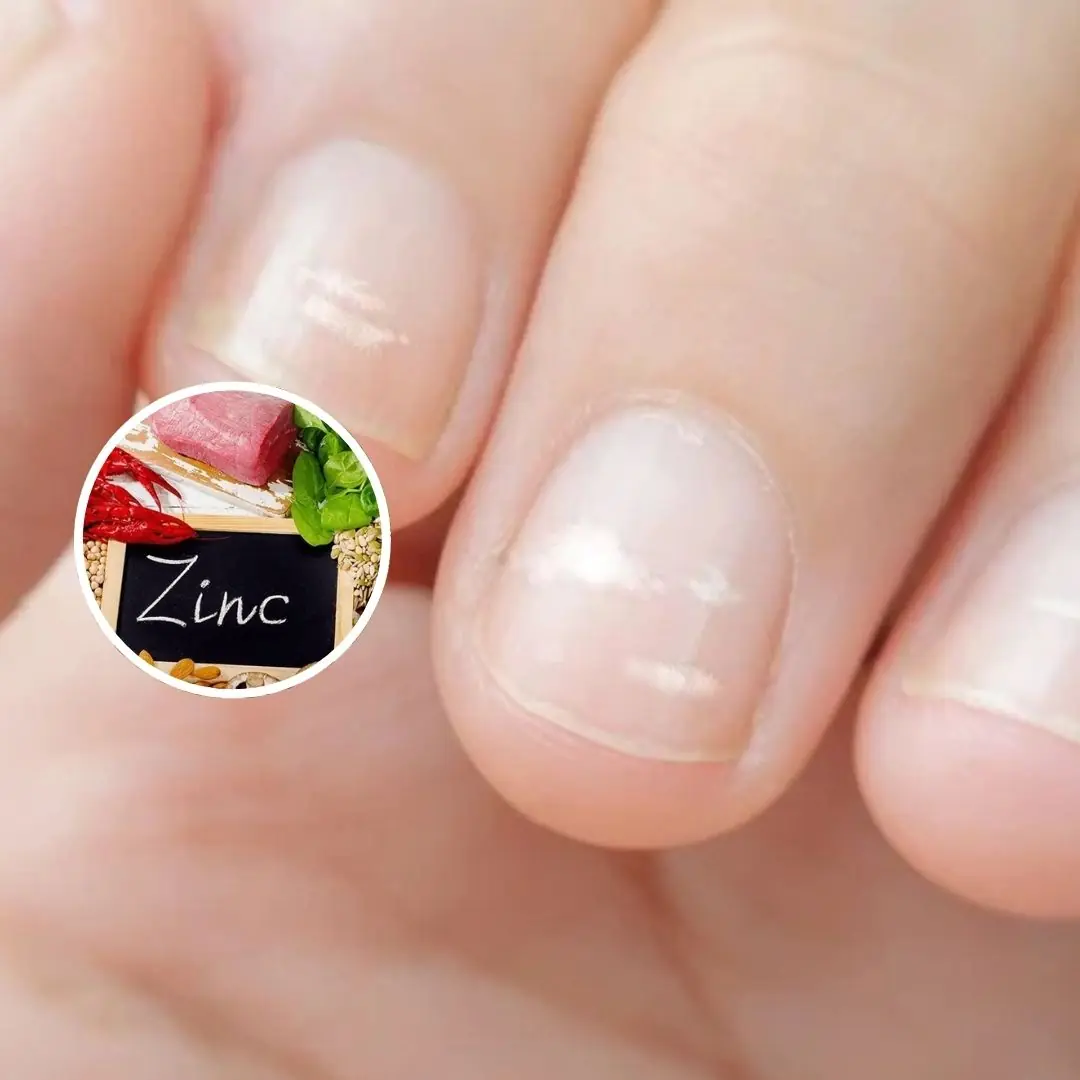
Your Body Might Be Low on Zinc — Here Are 6 Signs to Watch For
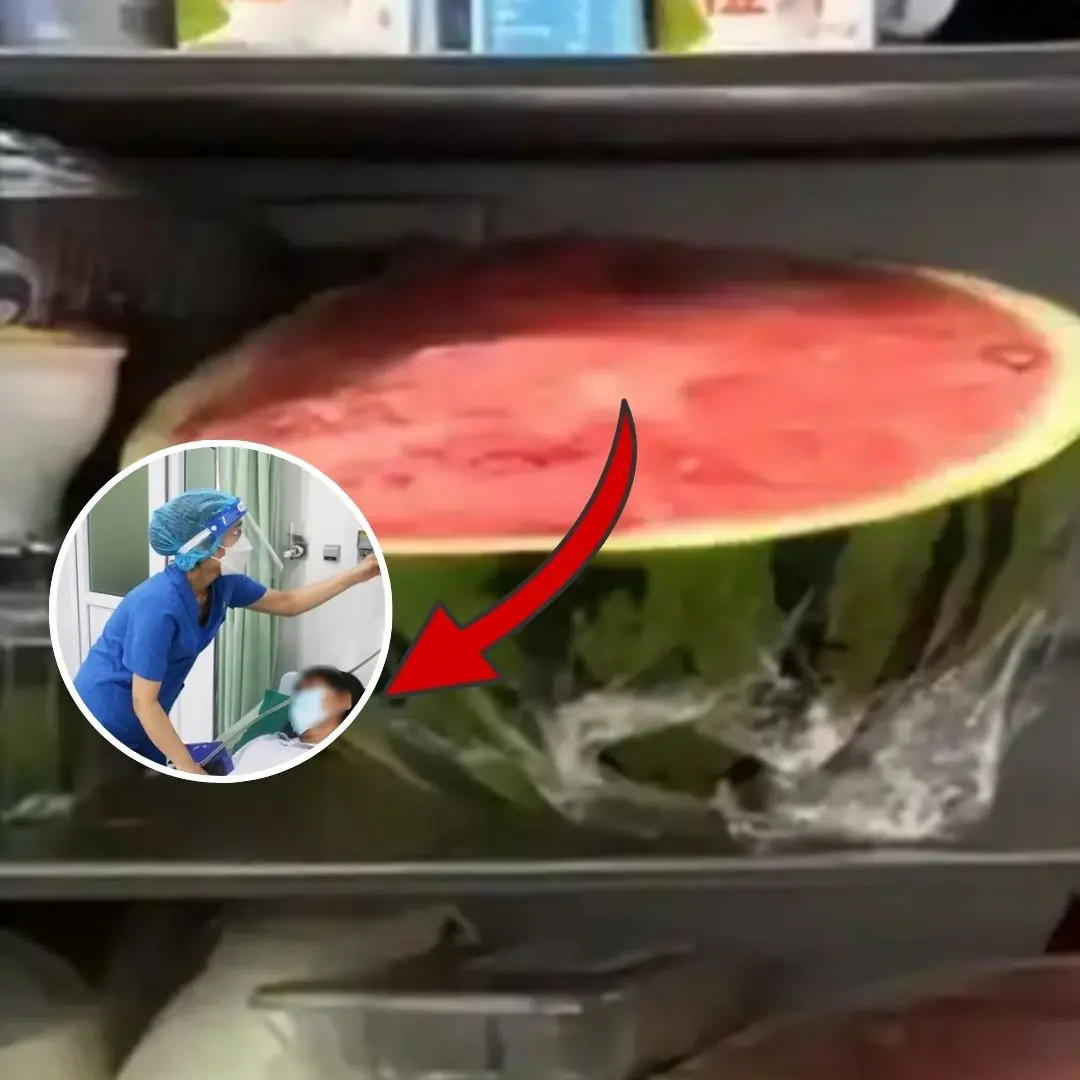
Woman gets brain infection after eating refrigerated watermelon
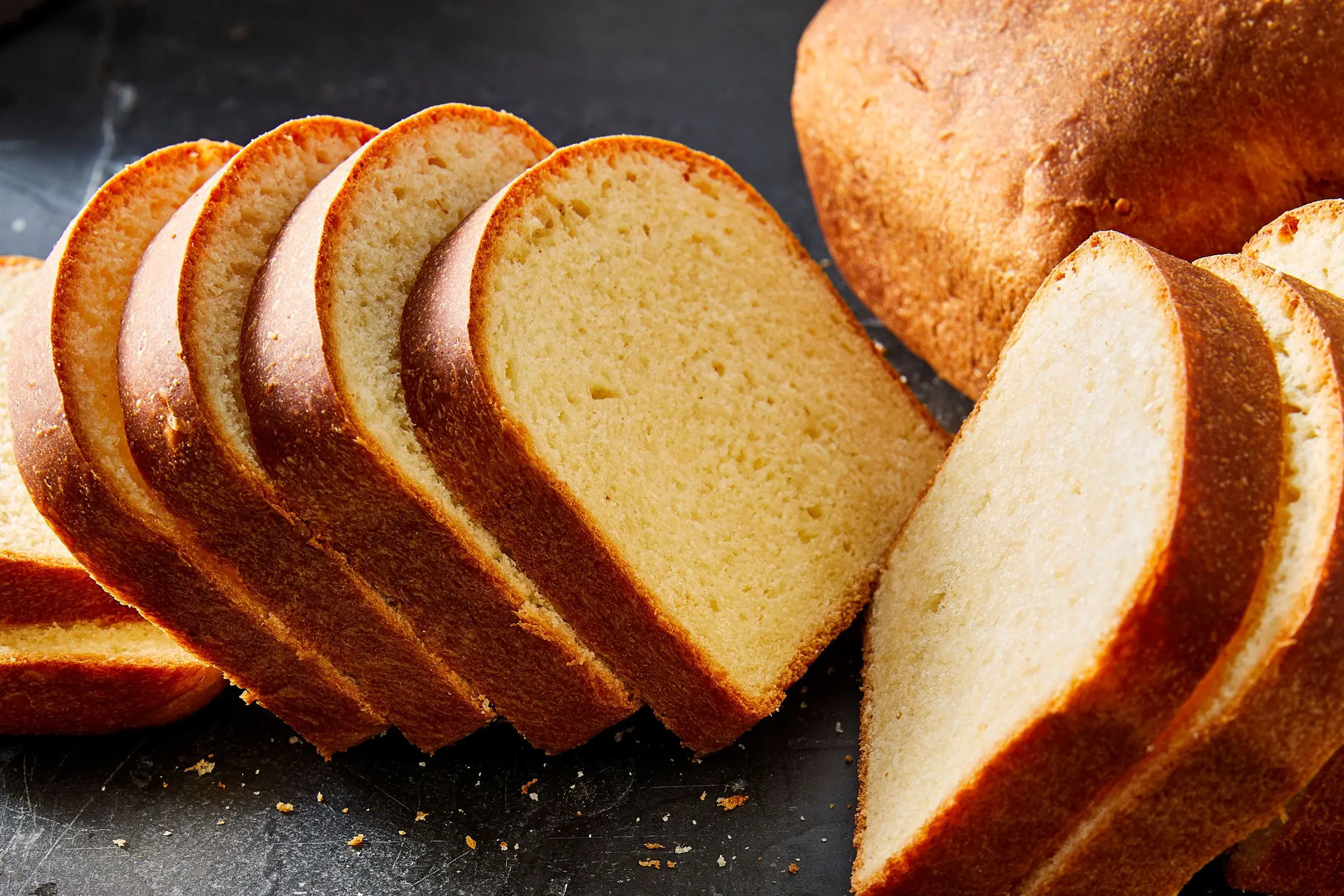
Bread May Be Delicious, But These 5 Groups Should Limit It
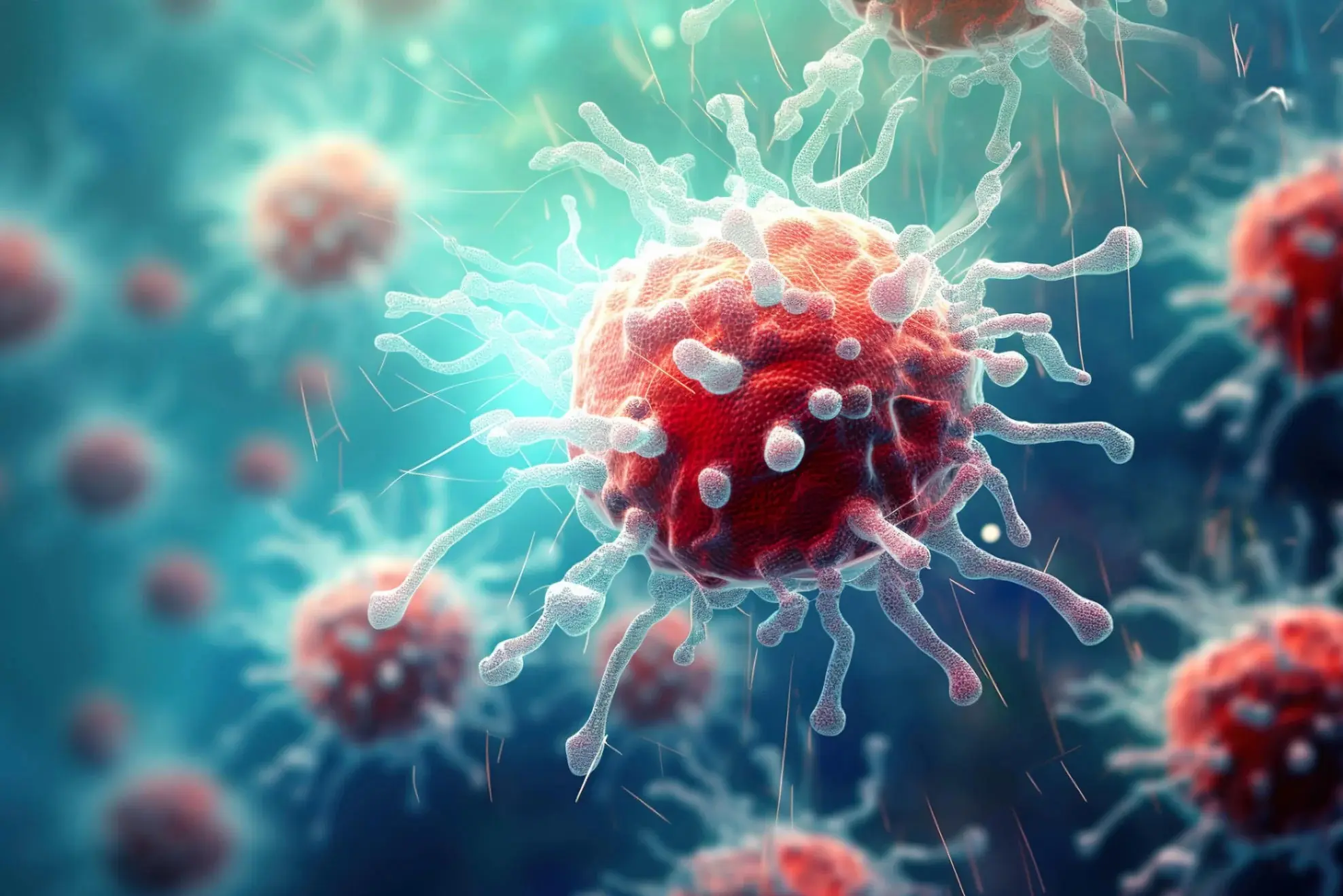
Identifying the “Switch” That Reduces Can.cer Cell Survival by 53%

Just 3 Minutes in the Morning: This Simple Test Can Reveal Hidden He.art Disease
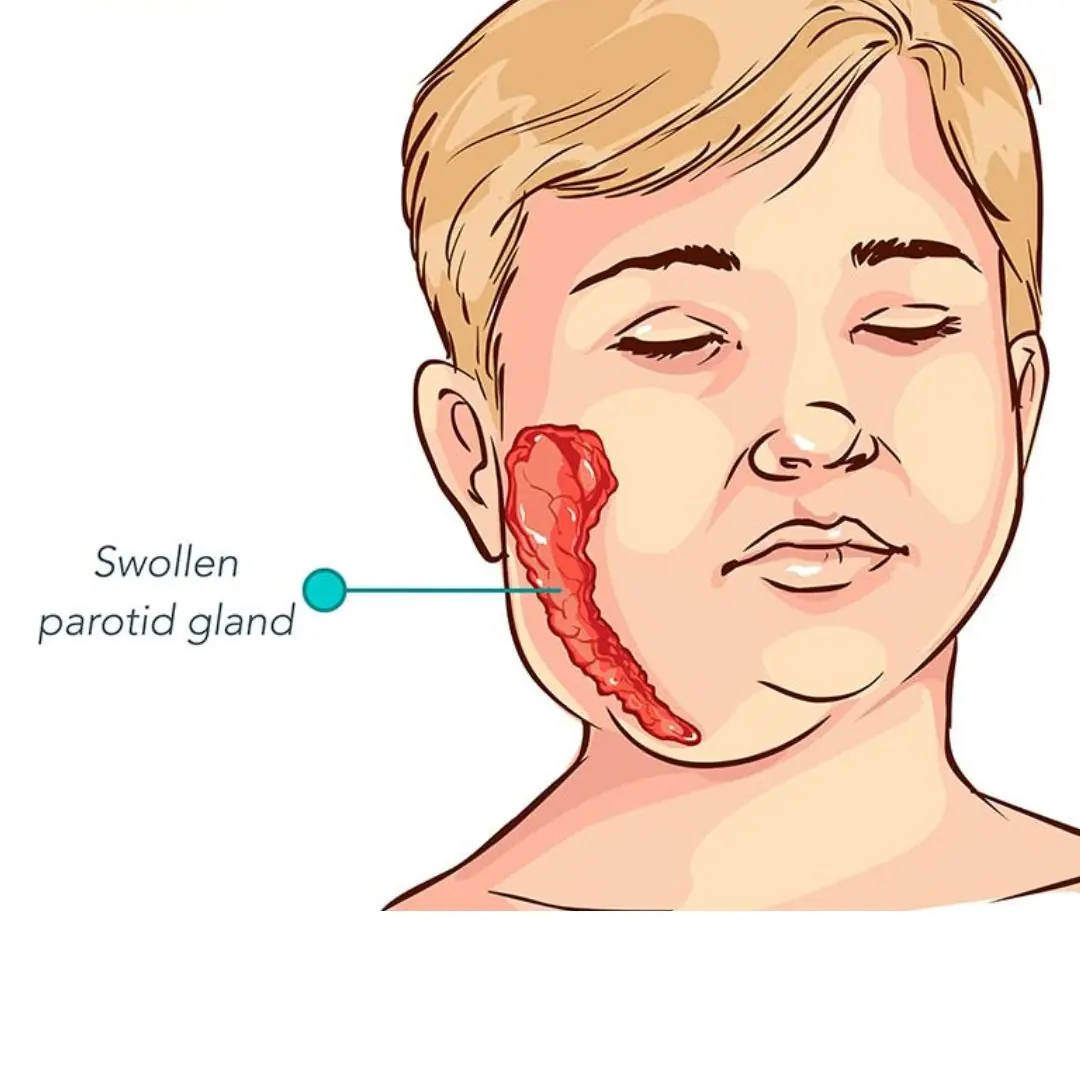
Does mumps in men affect reproductive health?
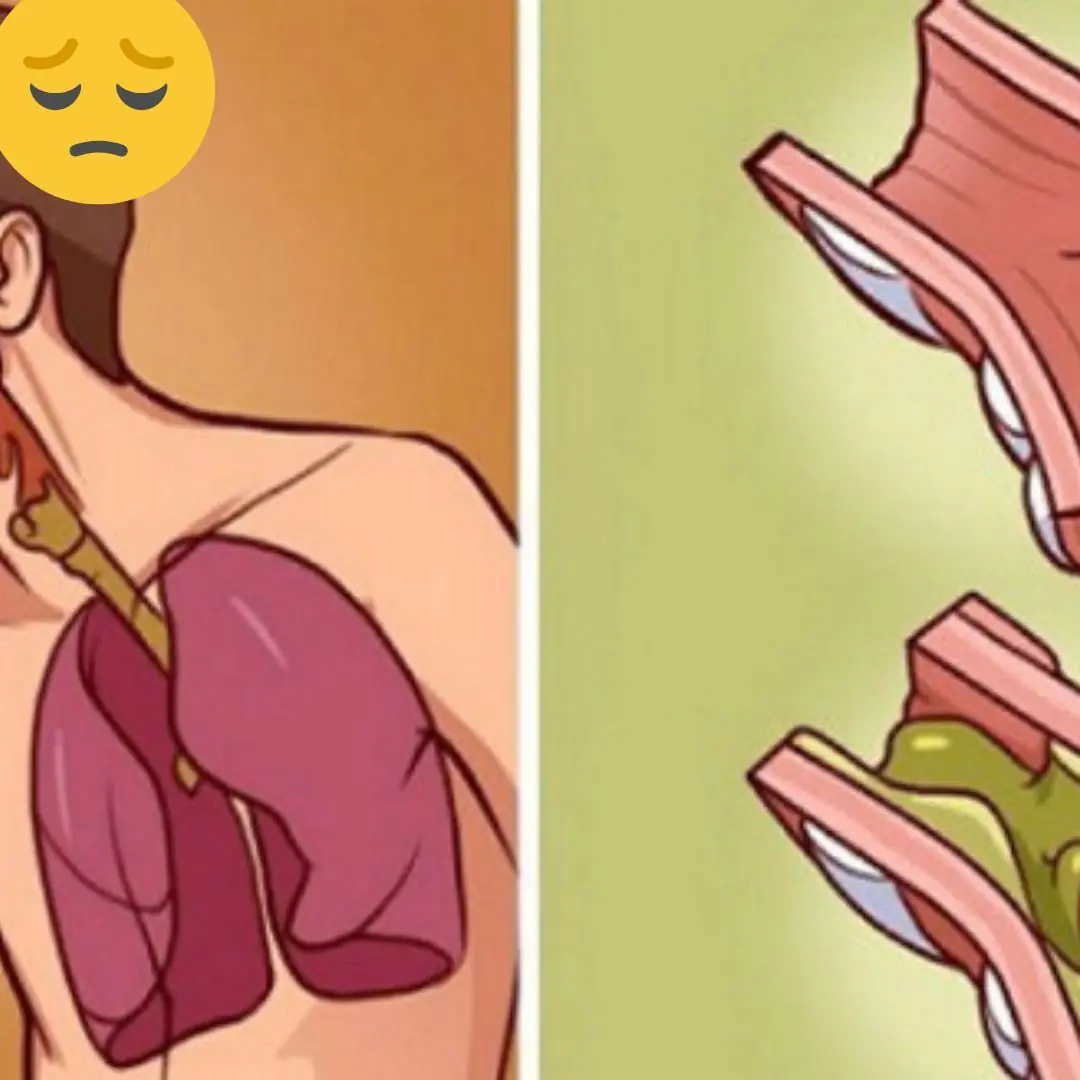
How to remove phlegm and mucus from chest and throat
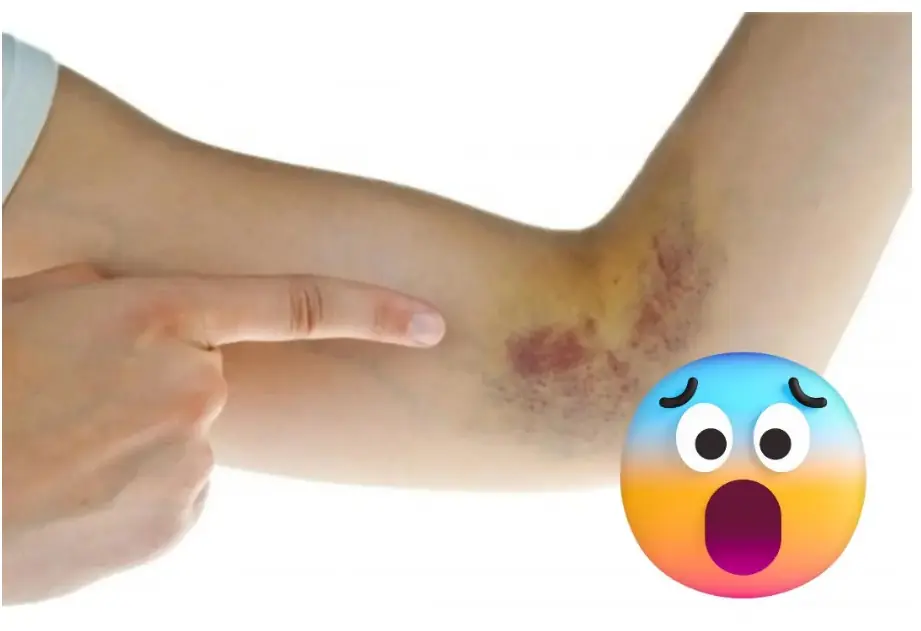
Simple signs to immediately recognize leukemia that you may never notice
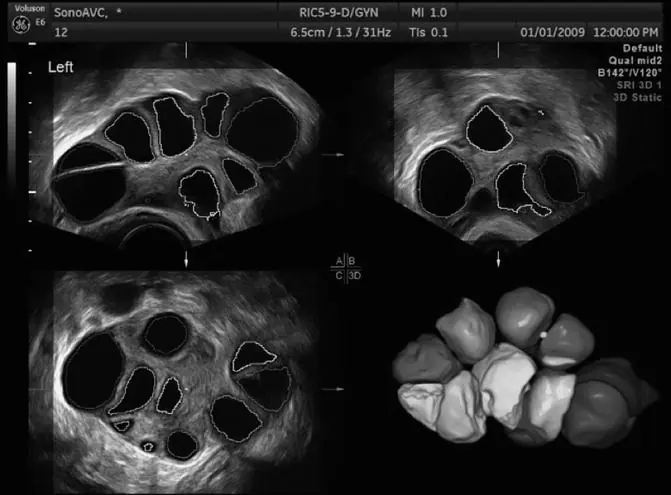
Two Kitchen Habits Behind Ova.rian Cysts — May Turn Can.cerous
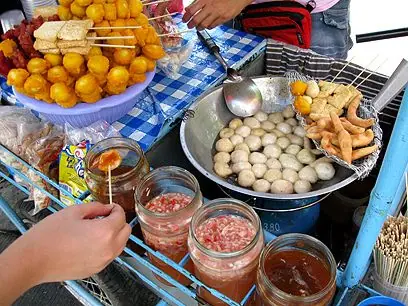
3 Cooking Habits You Must Change Immediately

Why do hands and feet sweat in winter?
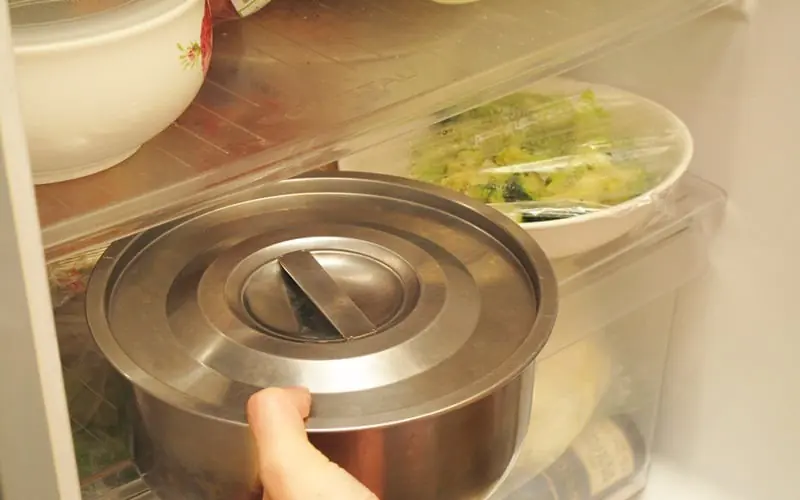
Both husband and wife were diagnosed with colon can:cer because of the same familiar habit!
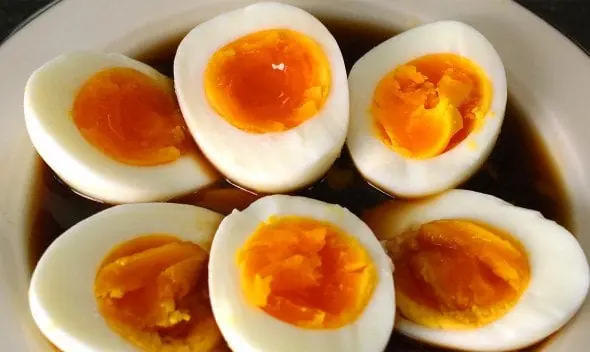
Be Careful: 6 Common Foods Become To.xic When Reheated
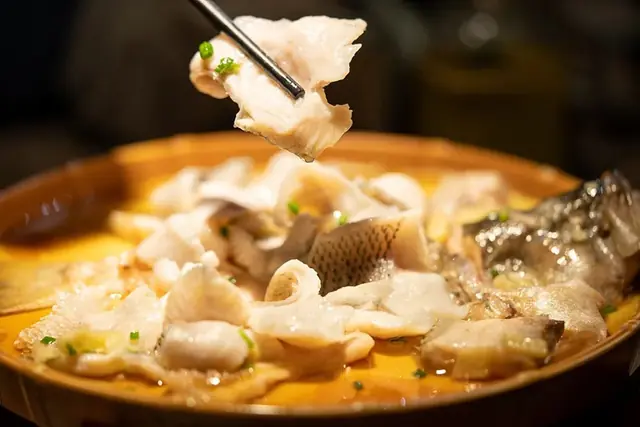
These 3 types of fish should be eaten sparingly, they can increase the risk of can.cer, don't buy them just because they are cheap!
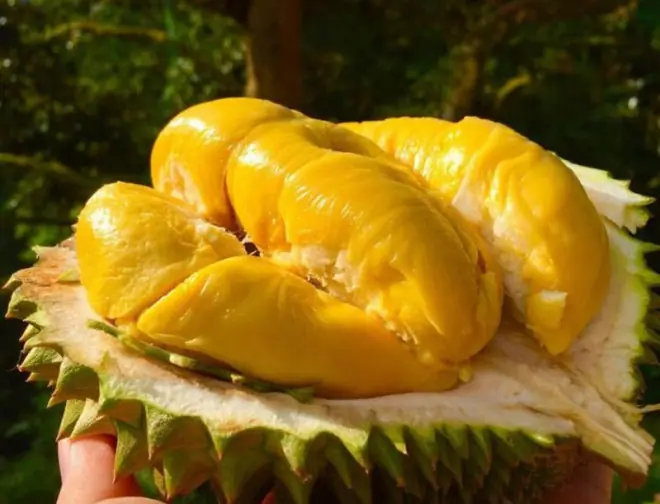
Want Radiant, Hydrated, and Glowing Skin This Summer? Eat These 5 "Magical" Fruits

Unexplained Bruising on Your Body: Causes and Treatments
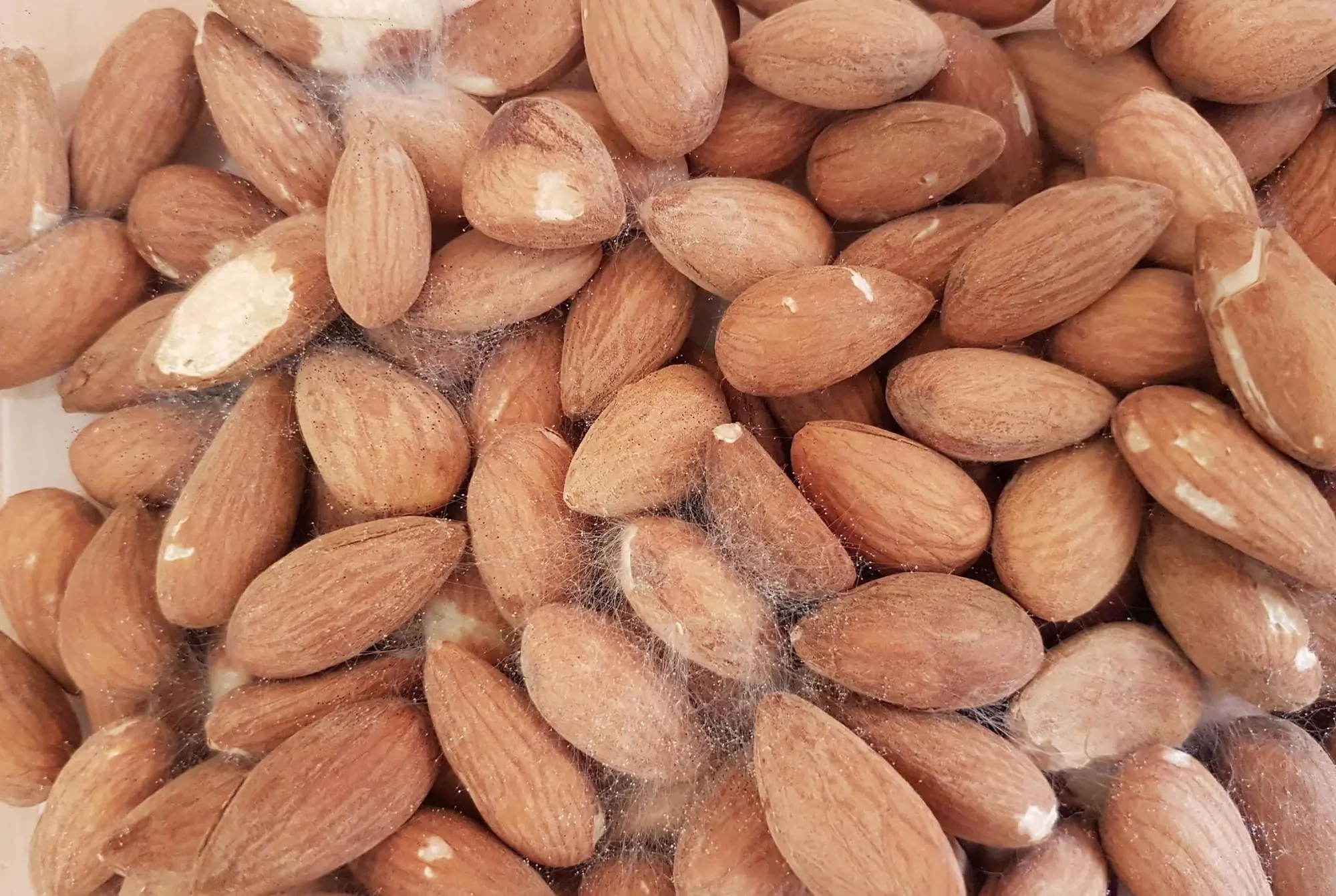
4 Types of Nuts You Should Never Eat If They've Been Sitting Around
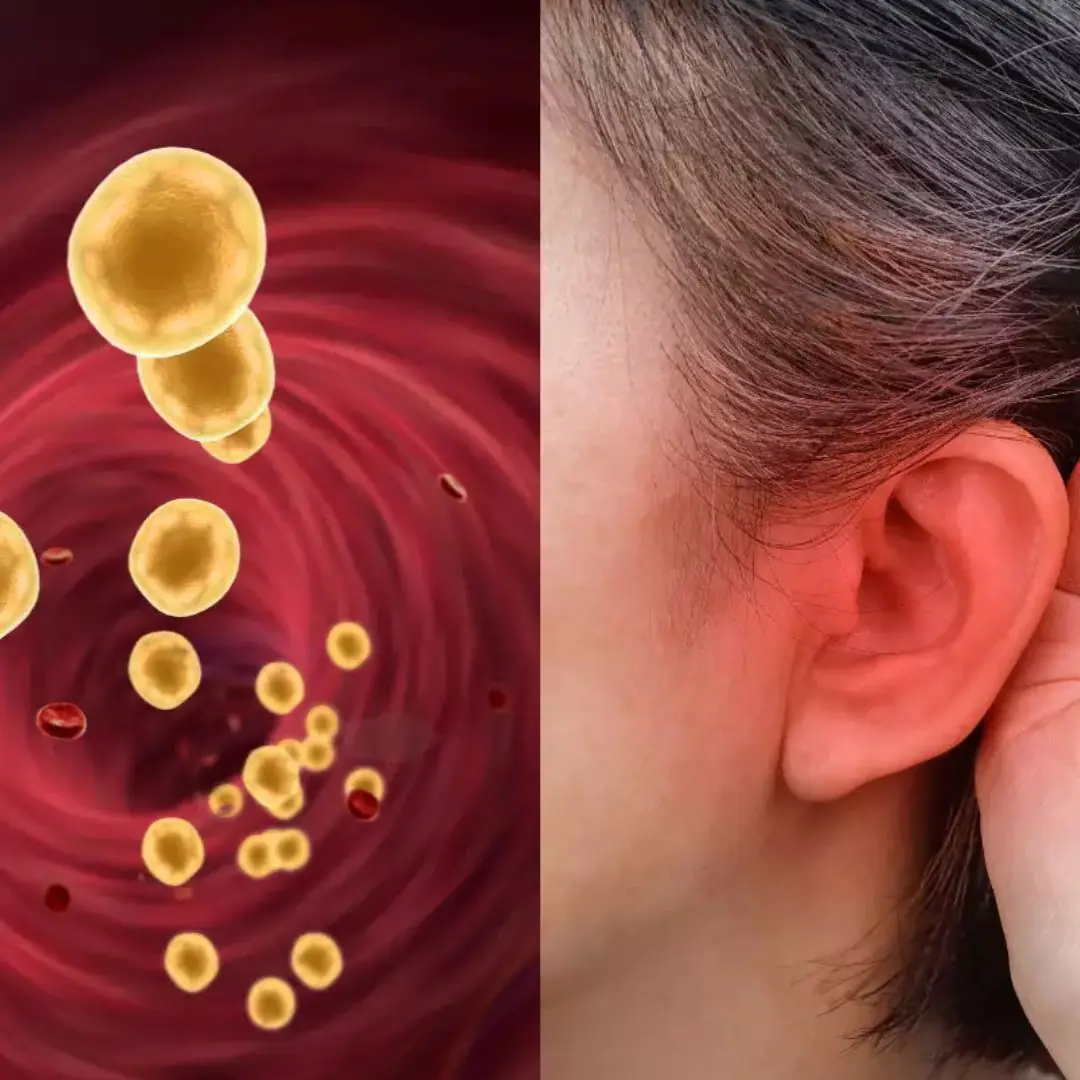
4 signs on the body to detect high bl.o.o.d f.a.t
News Post

6 Bodily Changes That Are “SOS Signals” From Your Kid.neys Before Can.cer

Does Using Strong Fan Mode on the Air Conditioner Consume More Electricity?

Your Body Might Be Low on Zinc — Here Are 6 Signs to Watch For
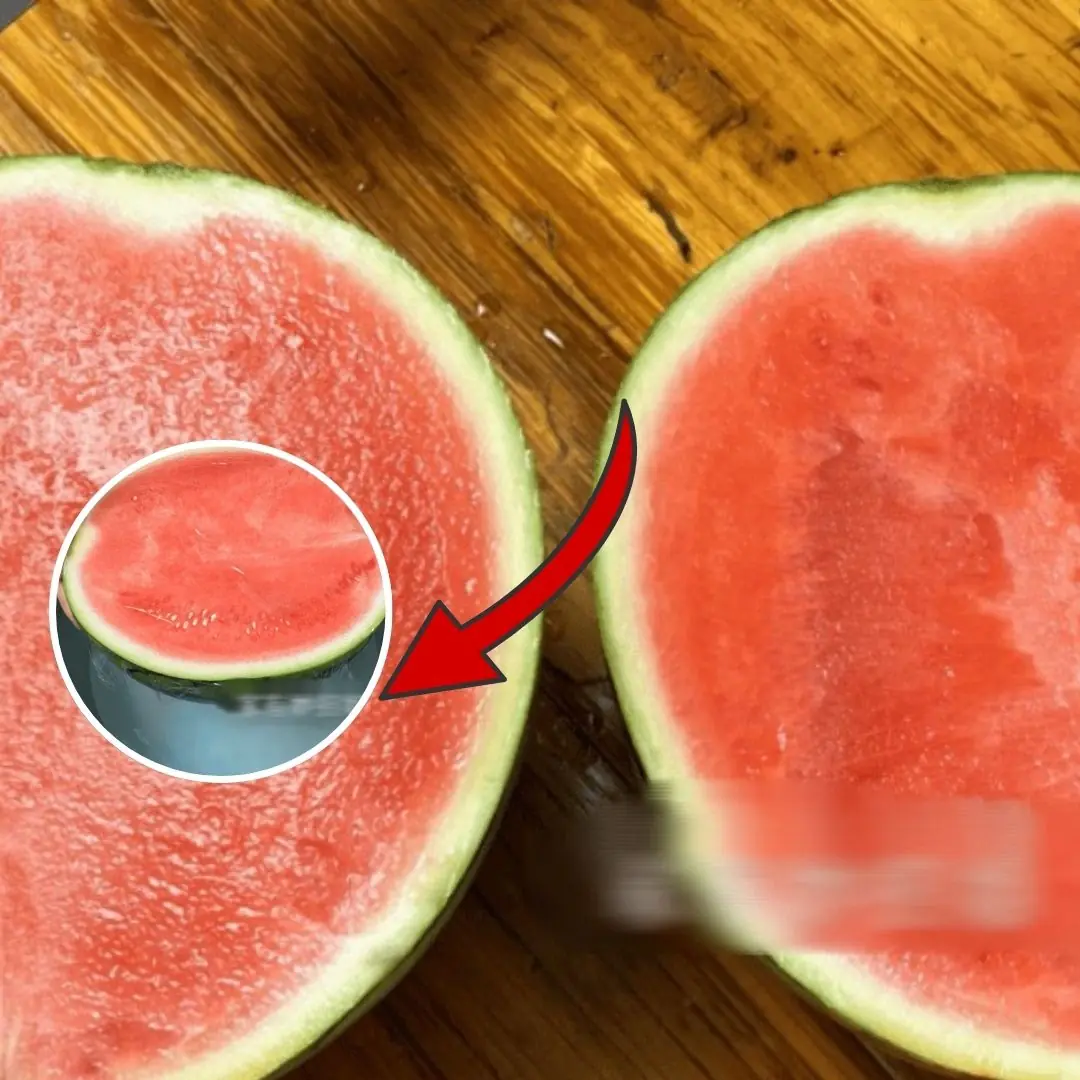
Leftover watermelon in the fridge is not necessarily safe – if not done properly, the risk of bacterial contamination is very high!

Woman gets brain infection after eating refrigerated watermelon

The Unpleasant Truth: 5 Familiar Items That You Think Are Clean But Are NOT, The Dirtiest Is Number 4 That Everyone Uses

Bread May Be Delicious, But These 5 Groups Should Limit It
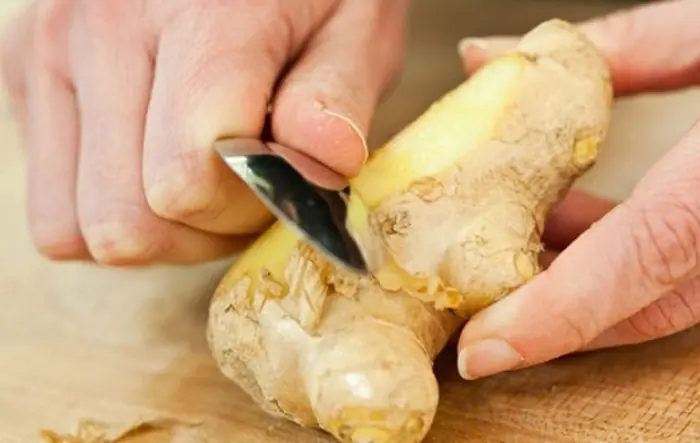
The Surprising Benefits of Ginger Peel

Identifying the “Switch” That Reduces Can.cer Cell Survival by 53%

Just 3 Minutes in the Morning: This Simple Test Can Reveal Hidden He.art Disease

Does mumps in men affect reproductive health?

How to remove phlegm and mucus from chest and throat
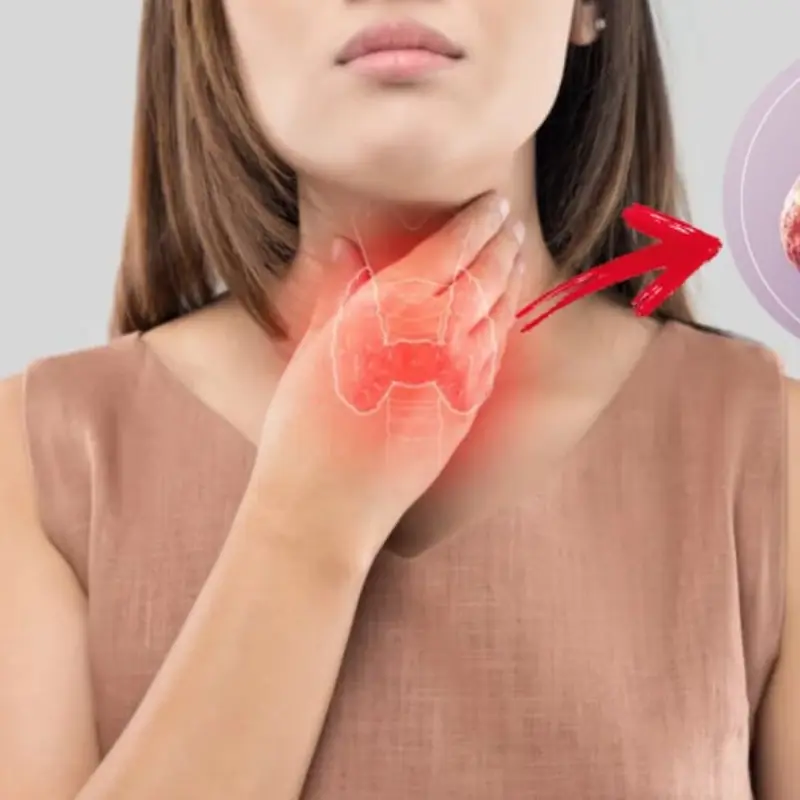
Thy.roid Can.cer Is a Silent Threat: 6 Groups of People Are at Higher Risk and Must Be Cautious

Simple signs to immediately recognize leukemia that you may never notice
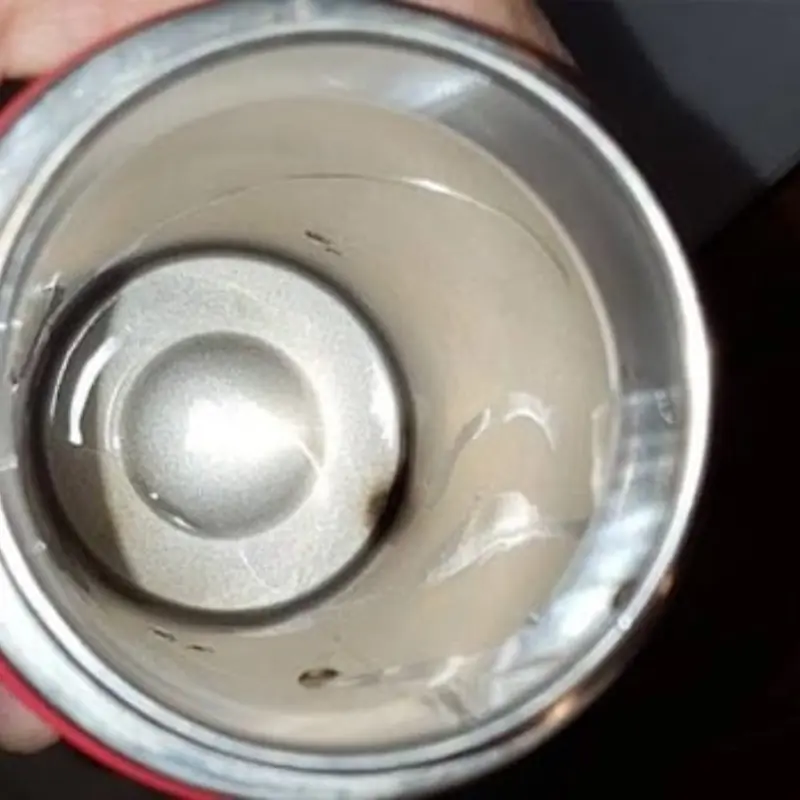
Warning: The Cup Many People Use to Drink Water Every Day Is No Different from “Drinking Poison”
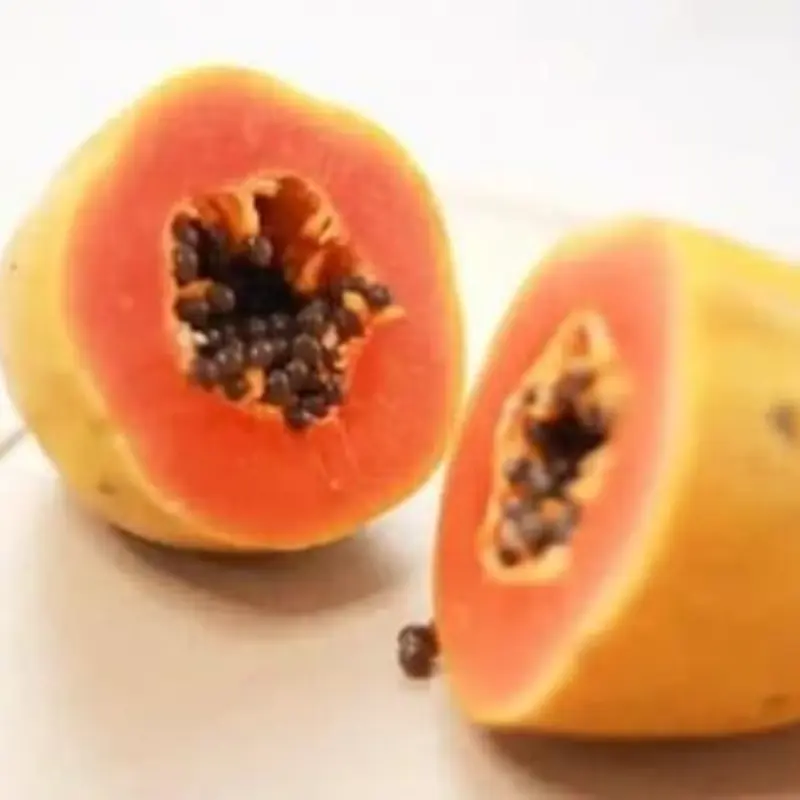
Eat These 5 Foods to Cleanse and Detox Effectively Every Day
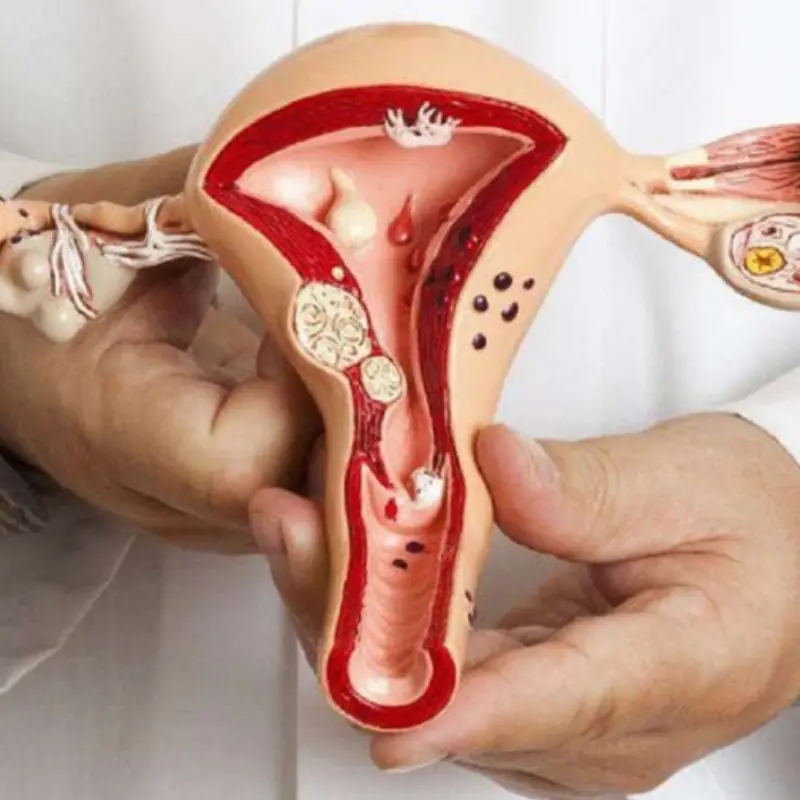
5 earliest signs of cer.vical can.cer: 90% of women tend to ignore them
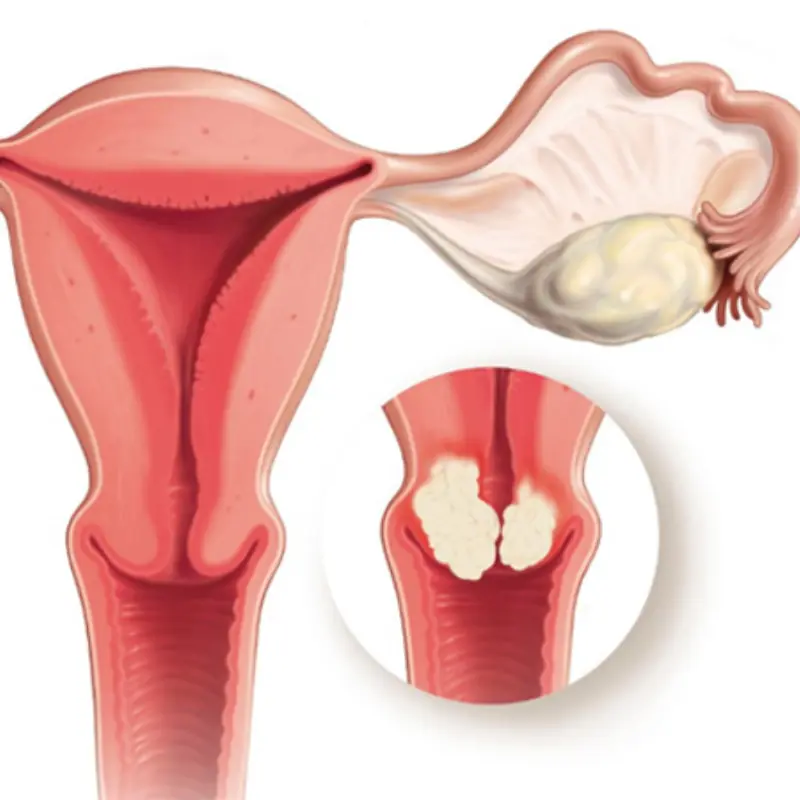
Women Who Frequently Eat These 5 Foods May Be Harming Their Uterus and Feeding Cancer Cells Without Knowing It
